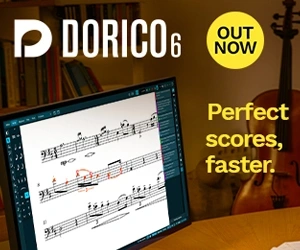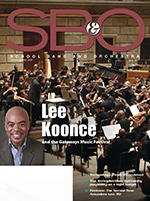One of the places that puts a mix immediately into the “amateur” category is the use of effects, especially reverb. What tends to happen more times than not is that an inexperienced musician/neophyte mixing engineer will try to get a more polished sound by dumping a ton of reverb on a track only to end up with everything sounding like it was recorded in a bad sounding cave.

Over the next couple of articles, I’m going to show you a few tricks that will make any song sound better when you add reverb, as you’ll be using the standard techniques that the pros use.
Reverb Types
Let’s start with reverb types. There are six basic types of reverbs: hall, room, plate, chamber, spring, and a category best described as “un-natural.” Let’s take a look at each one.
Hall
As you might expect, a hall reverb is based on the sound of a concert hall. This is a big space that has a pleasing acoustic environment with a long decay (reverb tail), so it works very well for some situations where acoustic or orchestral instruments are involved, and not for others like drums and guitars.
Room
Rooms tend to me smaller spaces like a bedroom or living room. They don’t have a lot of decay and can be colored in multiple ways. A simulation of a tiled room, for instance, will have a lot more reflections than a bedroom or a closet. Room algorithms tend to be used for instruments that have short transients like drums and percussion. They’re also used extensively in video and film post-production.
Chamber
In the early days of recording, many studios built a custom-made room for reverb that they called a chamber. This came about after some clever recording engineers noticed how good it sounded in a bathroom or stairwell (which were frequently used for reverb thereafter, and still are today), and decided to build a dedicated custom room that didn’t have people walking through all day.
The problem with a chamber is that they took up a lot of space. The longer the decay time you wanted, the bigger the chamber that was required.
With real estate being a premium like it is, these tended to fall by the wayside over the years, although many people still book the famous Capitol Studios in Hollywood just to use their excellent chambers. A good example of a reverb chamber that created a career was the one at the old Gold Star Studios in Hollywood that Phil Spector used for his famous Wall of Sound.
Spring
Way back in the 1930s the Hammond Organ Company was discovered that a series of springs with different lengths could simulate reverb when they were excited with by a signal.
The company began putting spring reverbs on their organs in the 1940s, and they were eventually incorporated into guitar amplifiers by Leo Fender in the early 1960s. The problem was that they only had one decay time, and would pick up any vibration (like someone walking across a stage) that would cause them to boing.
Plate
Since chambers and spring reverbs were impractical for many studios, and considering how tough it was to be a good sounding chamber anyway, an alternative was designed in 1957 by the German company EMT. This was called a plate reverb because it was designed around a 500-pound steel plate.
A simple cone speaker was attached to the plate, which caused it to vibrate. Believe it or not, the vibrations rippling through the steel simulated the reflections of a real acoustic reverb environment, and the decay time could be changed by just placing some dampening material against the plate. Because it took up far less room than a chamber, the plate reverb soon became a standard for every recording studio.
Un-Natural
When digital reverbs first came on the scene in the mid-’70s, the clever designers discovered that they could program the unit to produce reverb effects that didn’t occur in nature, but were actually musically useful. Non-linear (which gives an extra burst of energy with each attack followed by a short decay), gated and reverse reverbs are settings that you’ll find on many reverb plugins today. We’ll address these in more depth in a future article.
It’s nice to have these different options at your fingertips, but the question then becomes, which reverb type should I use? The answer isn’t as cut and dried as it could be, but we’ll look into the question, as well as run through all the typical reverb parameter settings in the Part 2. Then we’ll look into how to set any reverb so it makes your mix sound like a million bucks.
Producer/engineer Bobby Owsinski is one of the best-selling authors in the music industry. His latest, The Music Mixing Workbook, provides exercises to help you learn how to mix on any DAW. Visit Bobby’s website at bobbyowsinski.com.




























